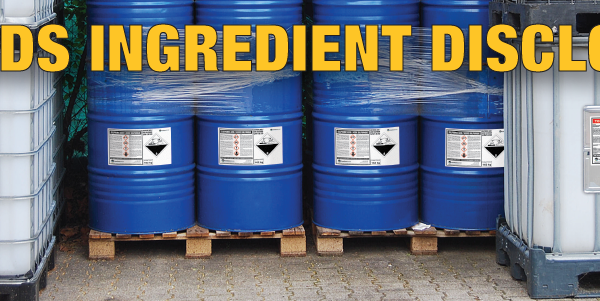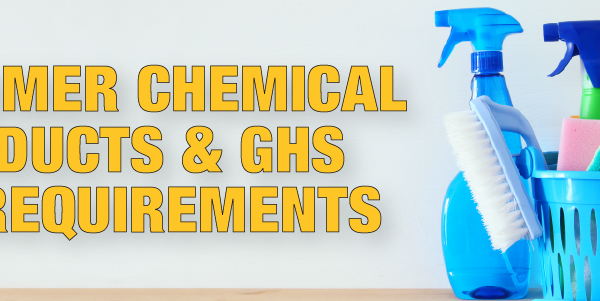Validation
Oprah Winfrey once said, “I’ve talked to nearly 30,000 people on this show, and all 30,000 had one thing in common. They all wanted validation.” Validation is receiving feedback from others that what you do and say matters. It is an acknowledgment of your actions, deeds and accomplishments. To be a healthy person we need to receive positive validation and be able to give it to ourselves. So is it possible for a company to receive validation? I believe so and here’s why.
In one of OSHA’s recent Frequently Asked Questions (FAQ’s) postings a question regarding the use of ranges on Safety Data Sheets was added. To see the full FAQ and the answer, please click here. The specific question asked is: When may chemical manufactures/importers use concentration ranges rather than an exact percentage composition in Section 3 of the SDS, and how does this apply to trade secrets? Let’s take a closer look at OSHA’s answer. There are several parts to it and each deserves some attention.
Part 1 – Exact Percentage versus Concentration Range Clarification
The answer starts by clarifying the language used in Appendix D under Section 3. In the actual Appendix it states, “The chemical name and concentration (exact percentage) or concentration ranges of all ingredients which are classified as health hazards” must be disclosed in Section 3. However, in the FAQ answer the statement reads as “the chemical name and concentration (exact percentage) of all ingredients present in a mixture which are classified as health hazards” must be disclosed. This new phrasing has no mention of concentration ranges. In fact the answer goes on to say that concentration ranges may be used for cases where trade secret claims are made, there is variability between batches of product, or there is a group of substantially similar mixtures with similar compositions. It is now clear that exact concentrations and/or percentages of ingredients causing health hazards must be in Section 3 of an SDS. It is only in certain circumstances that a range can be used.
Part 2 – Exceptions to Exact Concentrations
As listed above, there are only 3 instances where a concentration range may be used. The first is when trade secret claims are made. The FAQ answer provides more guidance on how to use those claims correctly. As we know, these claims can be used to protect the specific chemical identity and/or the exact percentage of an ingredient. If it is the percentage that is being protected, then a concentration range can be used. The next instance where a range can be used is if there is variability between batches. Again the answer provides better details for when and how this fits. Batch-to-batch variability comes from differences in concentrations of ingredients that occur during production. To appropriately use a range here, those slight variations in concentrations cannot have any impact on health hazards of the mixture. The last allowed use of ranges is a bit tougher. Again, the FAQ does a good job of further explaining the concept of similar mixtures with similar compositions. If a manufacturer/importer has a “line of products” that are very similar, but their compositions vary slightly, then a concentration range can be used. However, here again the differences must not change the overall hazards of the mixture. The answer goes on to say that the ranges used must be “sufficiently narrow” and provide an “accurate representation” of the concentrations.
Part 3 – Validation
ICC’s answer for ranges has been clear from the beginning and matches what is in this new FAQ. We follow what is in Appendix D of HazCom 2012 in regards to how Section 3 should be written. In all of our U.S. GHS webinars, Classification courses and Regulatory Helpline responses, we say “ranges are NOT allowed unless certain criteria are met.” We then take the time with the clients or customers to explain the specific criteria to see if they in fact qualify. If they do, we work with them to review their safety data sheets or author a new one for them.
So here it is. ICC Compliance Center, a company, has its validation. We are doing it right! OSHA’s answer in this FAQ matches our standard procedure for answering questions regarding the use of ranges on safety data sheets here in the US. We knew we were doing it the right way, but here is OSHA validating our process. As always, ICC Compliance Center is here for all of your hazard communication needs.





